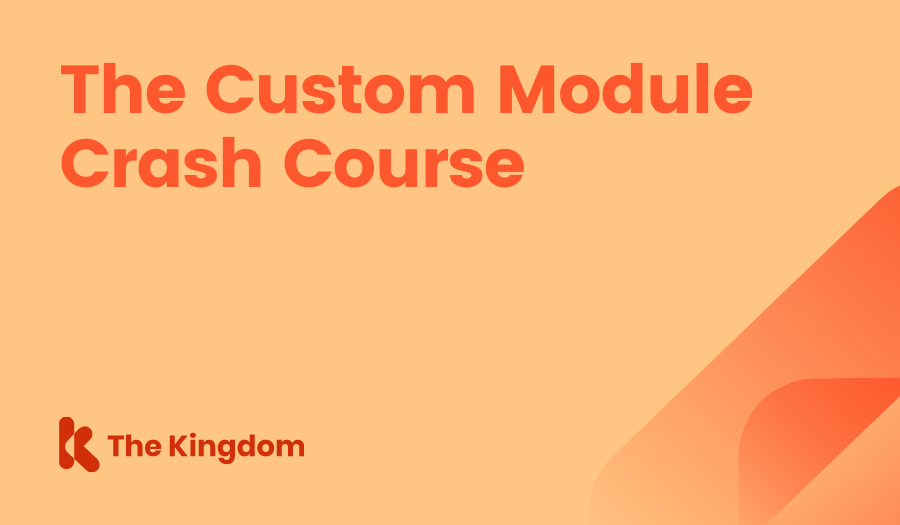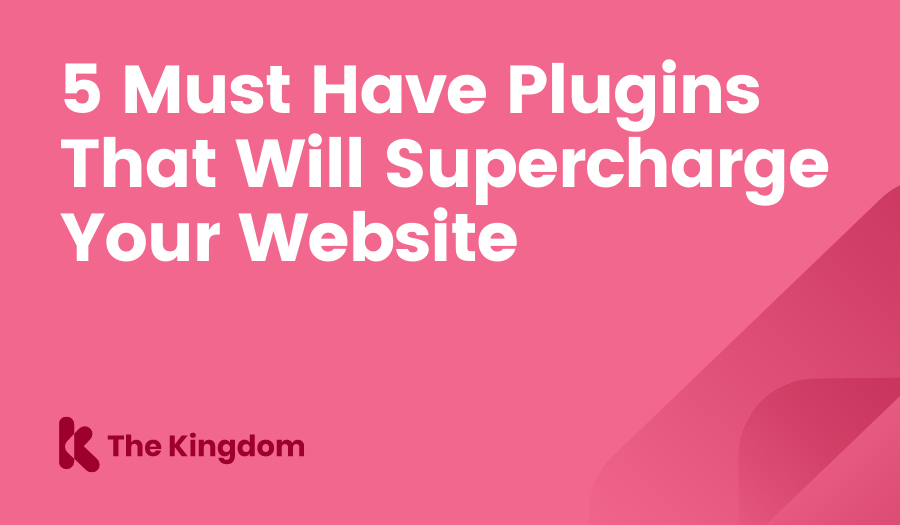In this video, i'll show you how to go about making your own Custom Module in HubSpot - we take a look at the basic types of Custom Module fields, how they interact with HTML and CSS, and how you can incorporate advanced features like HubL tags to achieve your desired effect. After this, we look at how our Custom Modules fit inside a template, and then how someone would interact with one of our Custom Modules while editing a page. Click play to begin!
When it comes to Custom Modules in HubSpot - you name it, we can build it.
Anything from a simple re-usable button with multiple styling options, all the way to a sliding product carousel which draws its product info from a google sheet acting has a simple database, you can do a great many things with Custom Modules.
They help to reduce repetition, and to increase the functionality of a piece of code that normally would have to be re-worked time and time again. With custom modules, we place the power of choice in the hands of our content curators and clients, letting them choose the content that goes into a module, not to mention how said module behaves.
With custom modules, we place the power of choice in the hands of our content curators and clients
Custom modules allow you to apply Text, Rich Text, Boolean, Image or Choice placeholders to your code. So for example, instead of creating a button which says “Click Here”, you put in a text placeholder, which allows your content curators, or our clients, to change the text on the button when they’re editing their pages or posts.
If you’d like to learn more about how Custom Modules work within HubSpot, or you’re here because you want to find out if HubSpot Custom Modules can go toe-to-toe with WordPress plugins, I recommend the E-Book below, created by yours truly.



